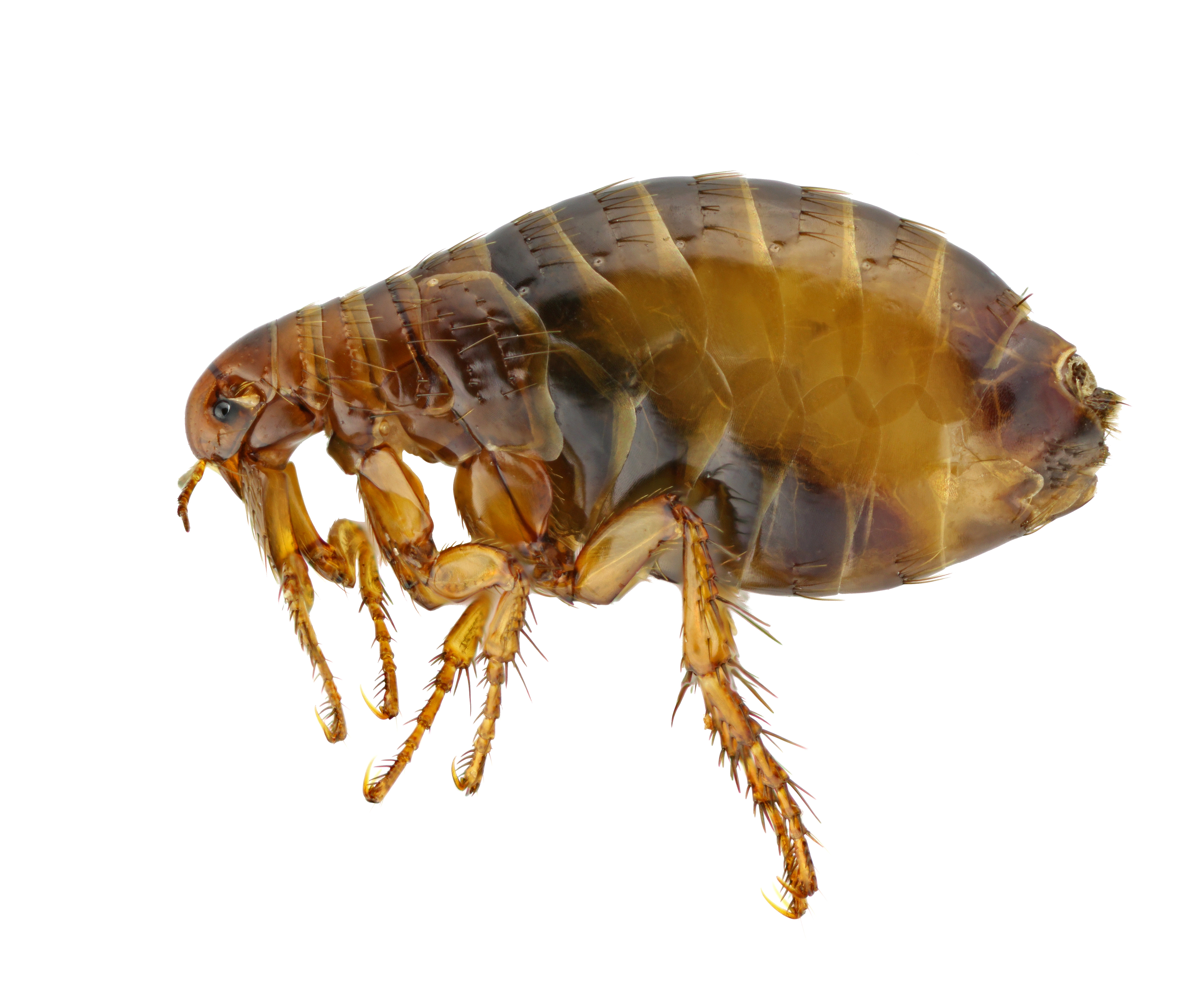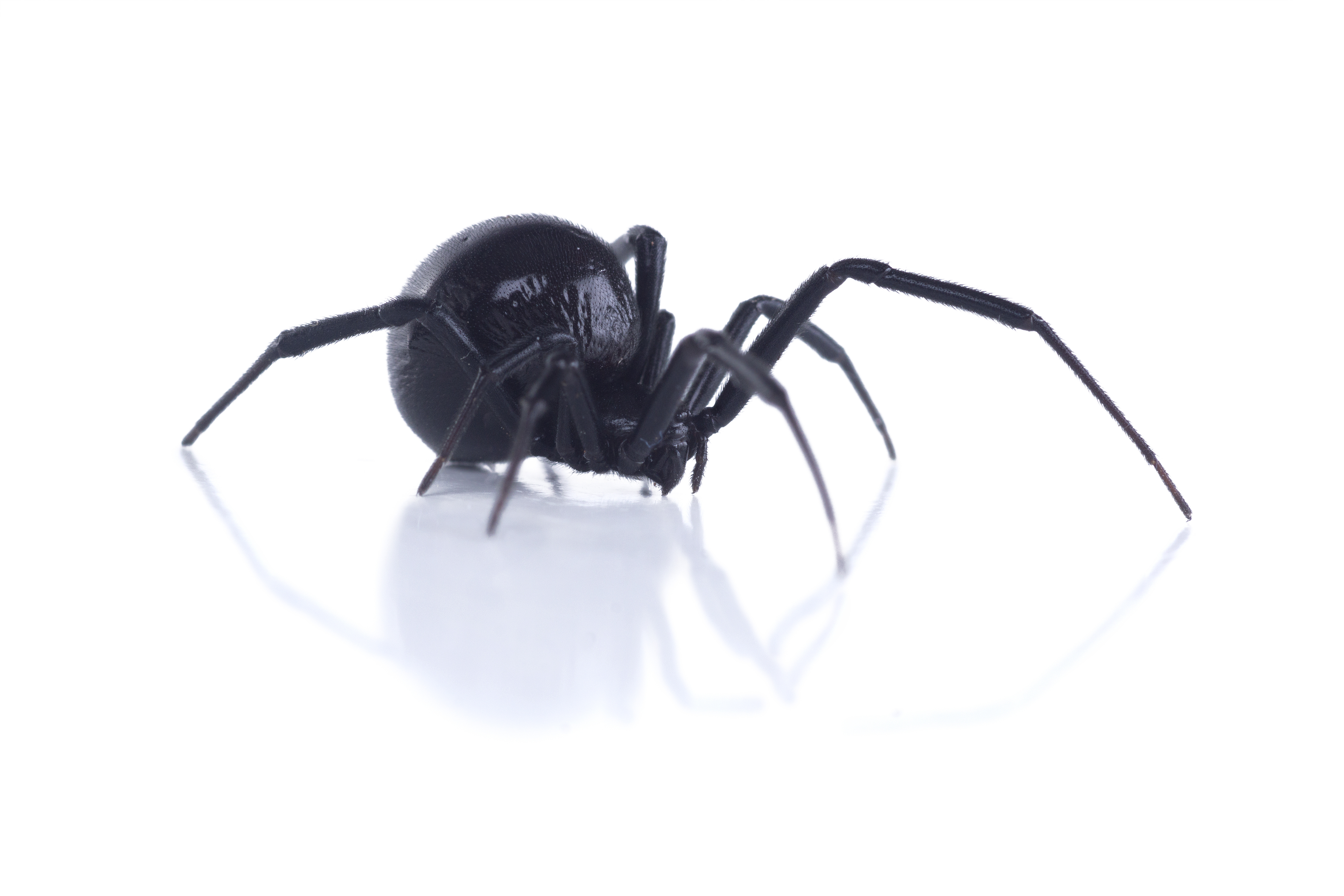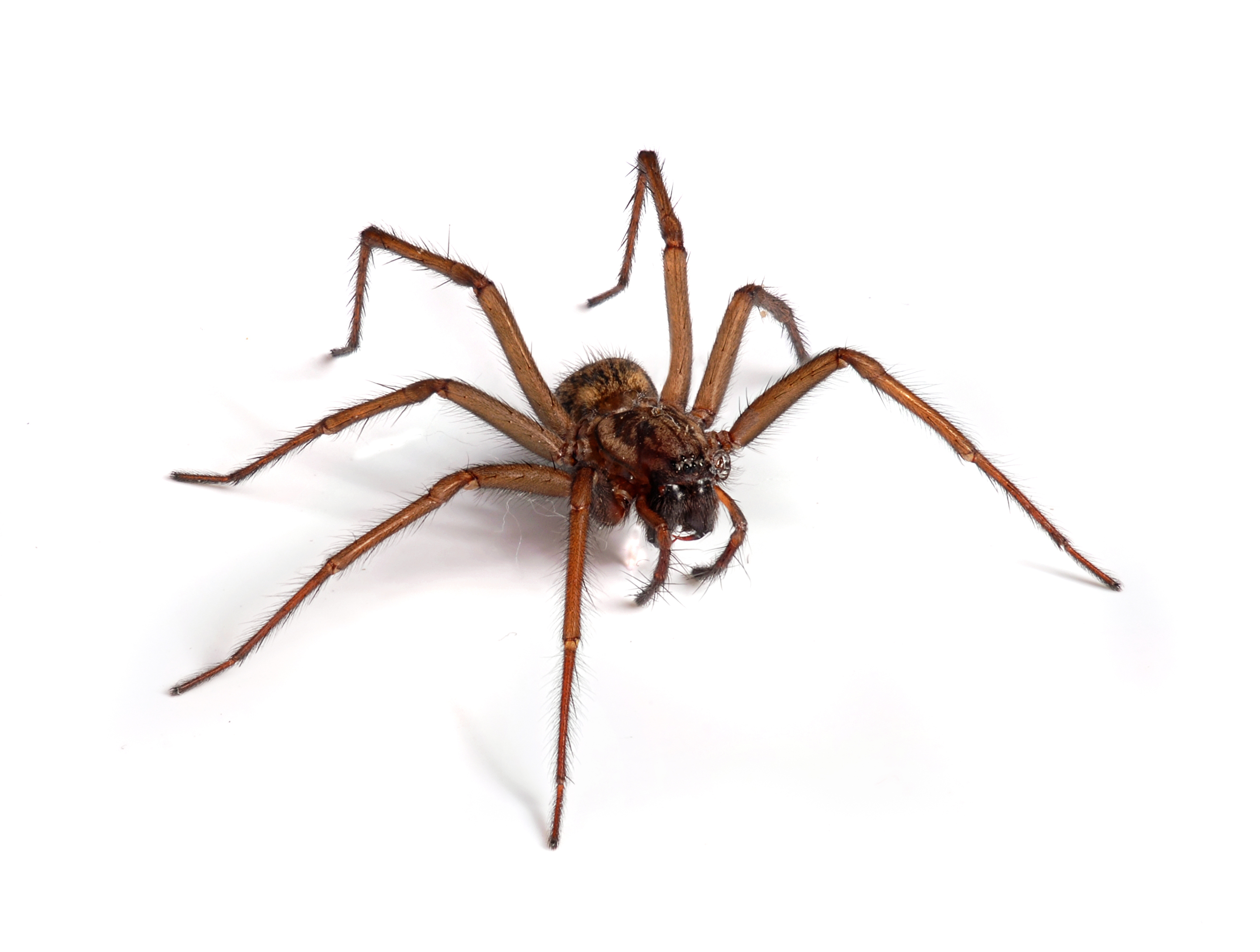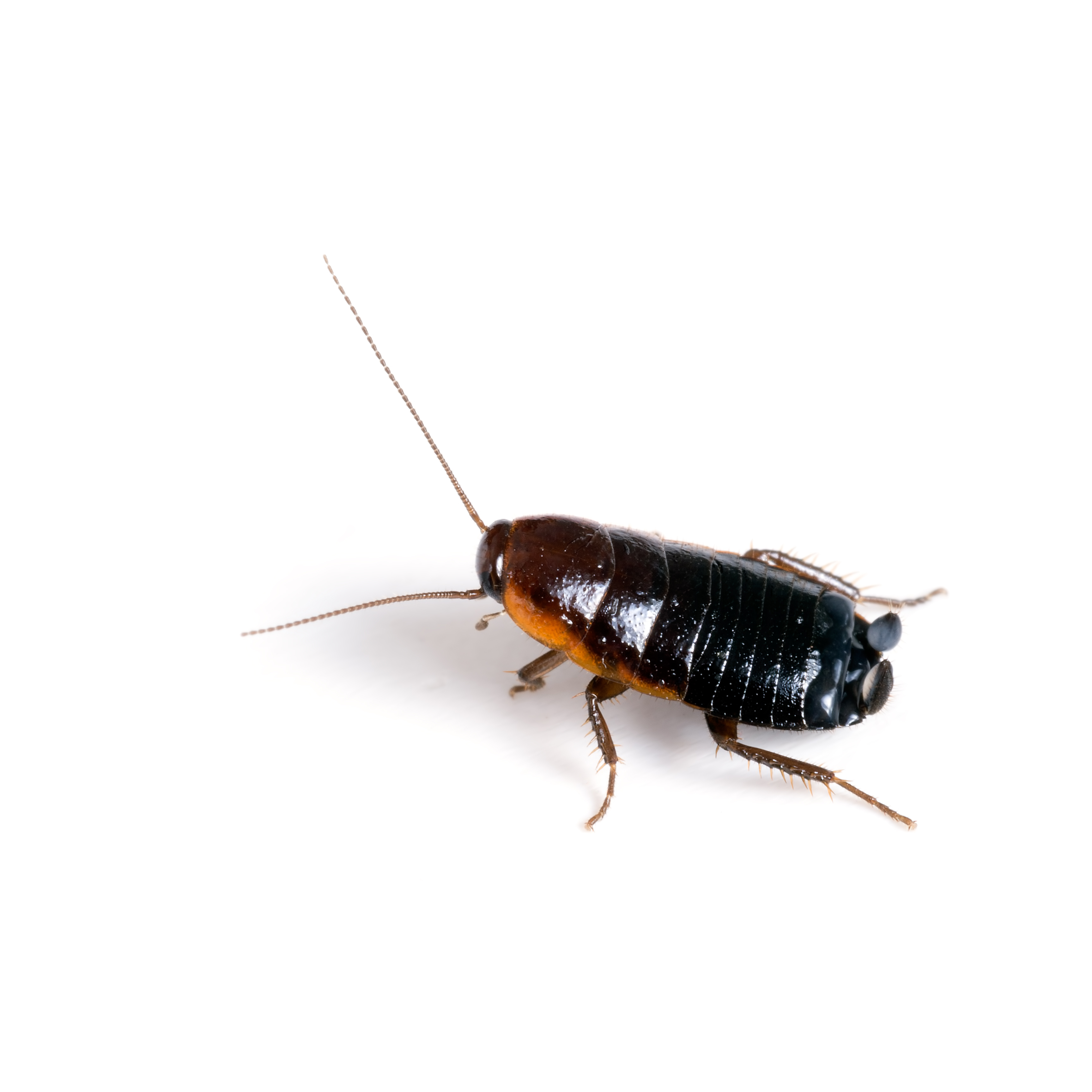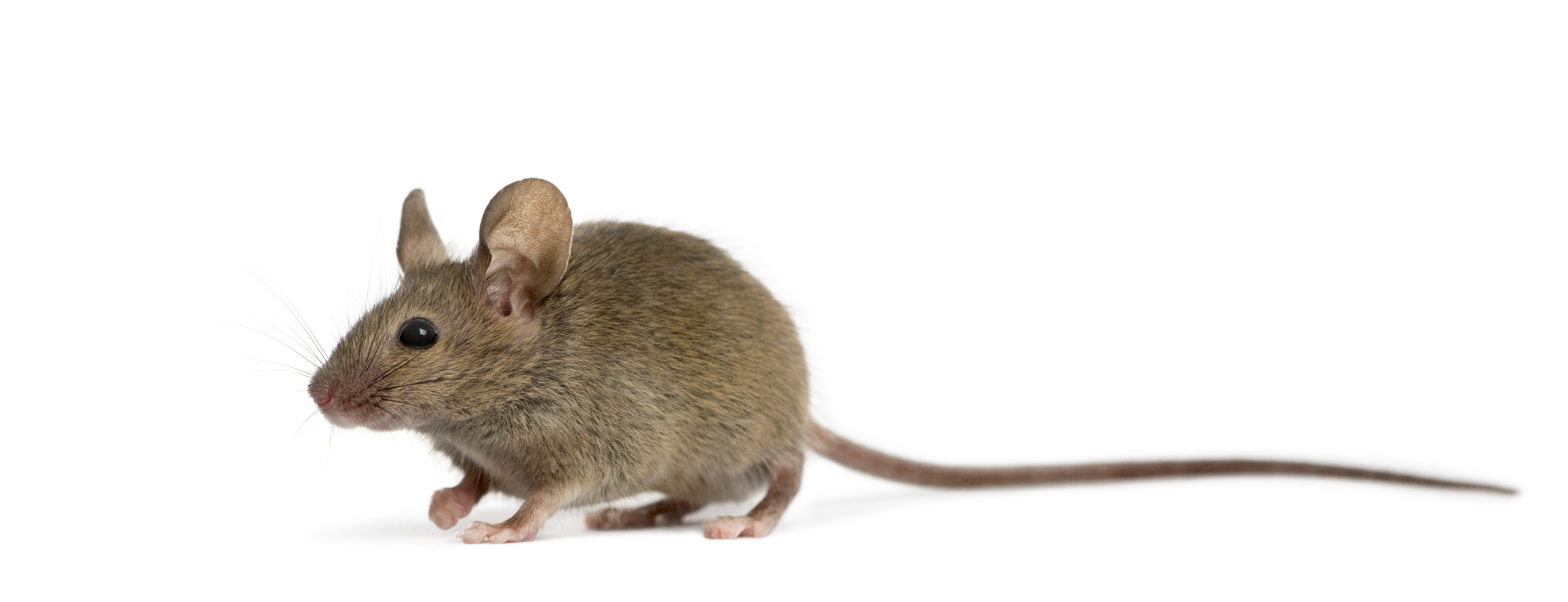
Rodents
Rodents can be a nuisance for any home. Both rats and mice enter the home looking for food and water, enjoying the protection from the elements. Homes plagued with rodent problems will hear scratching noises coming from the attic or walls at night, and often complain of odors that just won’t go away. Rodents’ ability to chew through almost anything not only gives them easy access, but can cause thousands of dollars in damage if not handled immediately. Rodents also transmit a number of dangerous diseases, and typically leave droppings of excrement throughout the home.
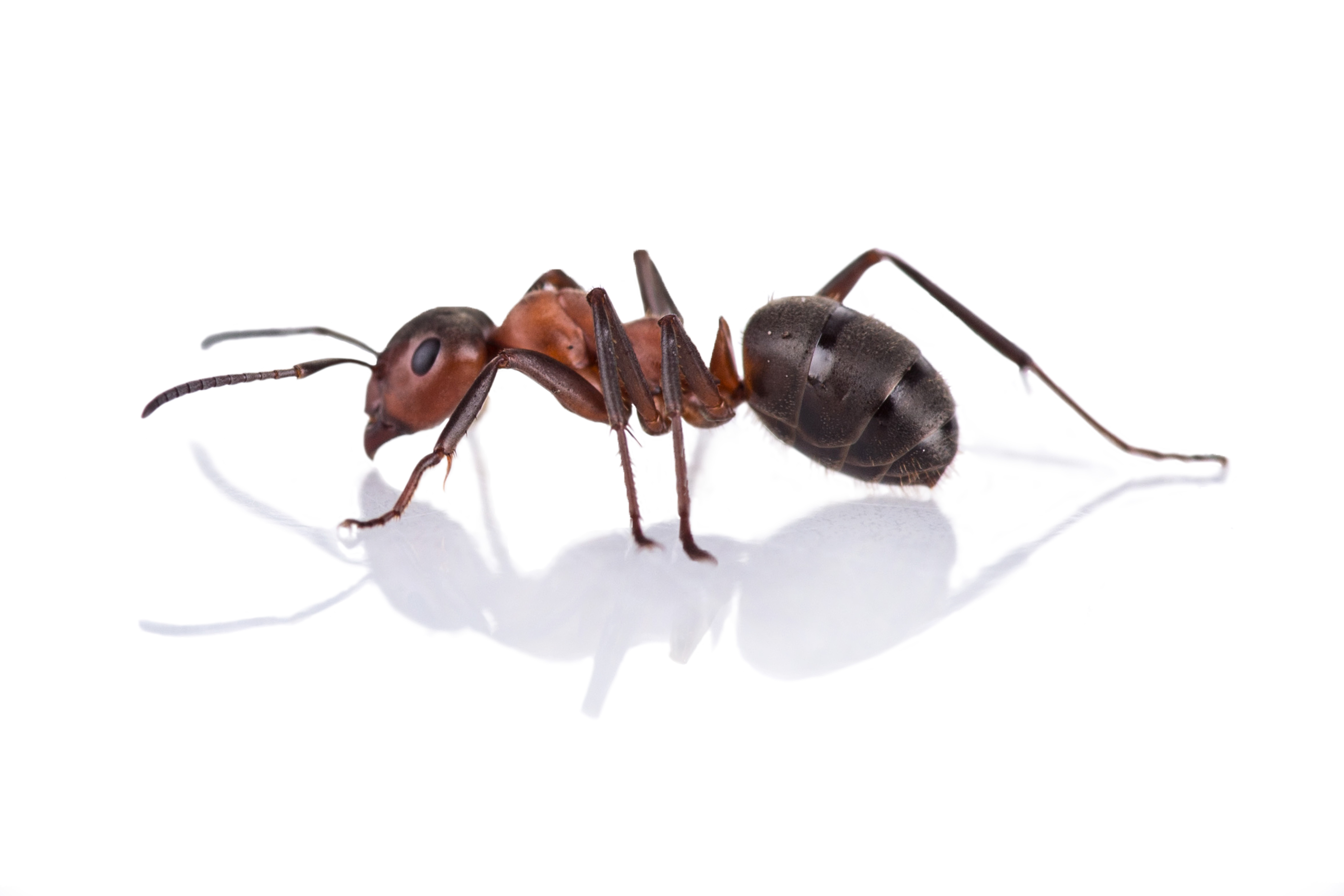
Ants
Ants can enter your home from anywhere. Typically they are after water or sweet and greasy food found in the kitchen. Ant colonies grow as large as 500,000 and entire colonies can relocate quickly when in danger. They can nest anywhere but are most commonly found in lawns, tree stumps, and walls. Remember that if you see one ant, there may be hundreds of thousands not too far away. That’s why most over-the-counter products that kill on contact don’t work. Nortek Pest’s residual products attack and destroy the nests, greatly decreasing the chance of re-infestation.
Stingers & Bitters
These pests are not only creepy to look at, but actually cause you pain when they bite or sting. With specific service treatments for each pest, your Nortek Pest professional will make sure to eliminate them as a potential threat to your home and family.
Spiders
Spiders are most easily recognizable by their eight legs and round abdomen. Because there are so many species of spiders, they can be found in just about any type of environment. They are most commonly found in dark, damp areas. While some spider bites may cause swelling and irritation, other spiders can pose serious health risks.

Flying Pests
Sanitation can be critical to controlling these pests, but accurate identification is essential for their successful control. There are over 16,000 species of flying pests in North America alone. In fact, flying pests plague every part of the world except the polar ice caps. Flying pests spread diseases readily because they move quickly from garbage to exposed foods to humans. The U.S. Department of Agriculture estimates that flying pests contaminate and destroy more than $10 billion worth of agricultural products each year. To learn more about your specific invader, click on one of the above suspects.
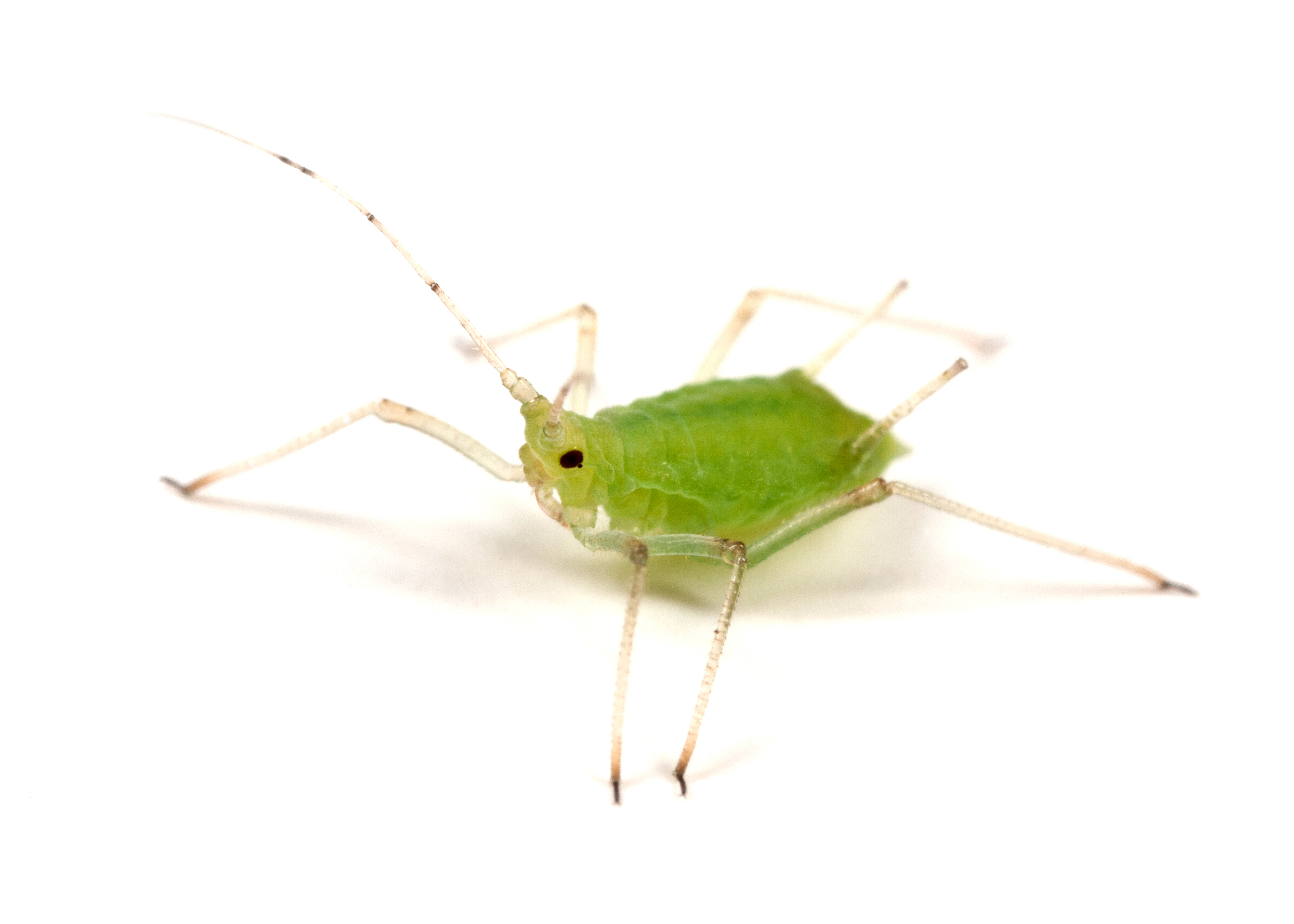
Aphids
Aphids are small insects that live on plants and flowers, using them for food and harborage. They have long slender mouths used for sucking the juices out of plants. Signs of damage include curled, distorted leaves. Aphids also secrete a sticky substance called honeydew, which often turns black with the growth of a sooty mold fungus. These pests are especially attracted to rose gardens, hibiscus, gardenias, etc.
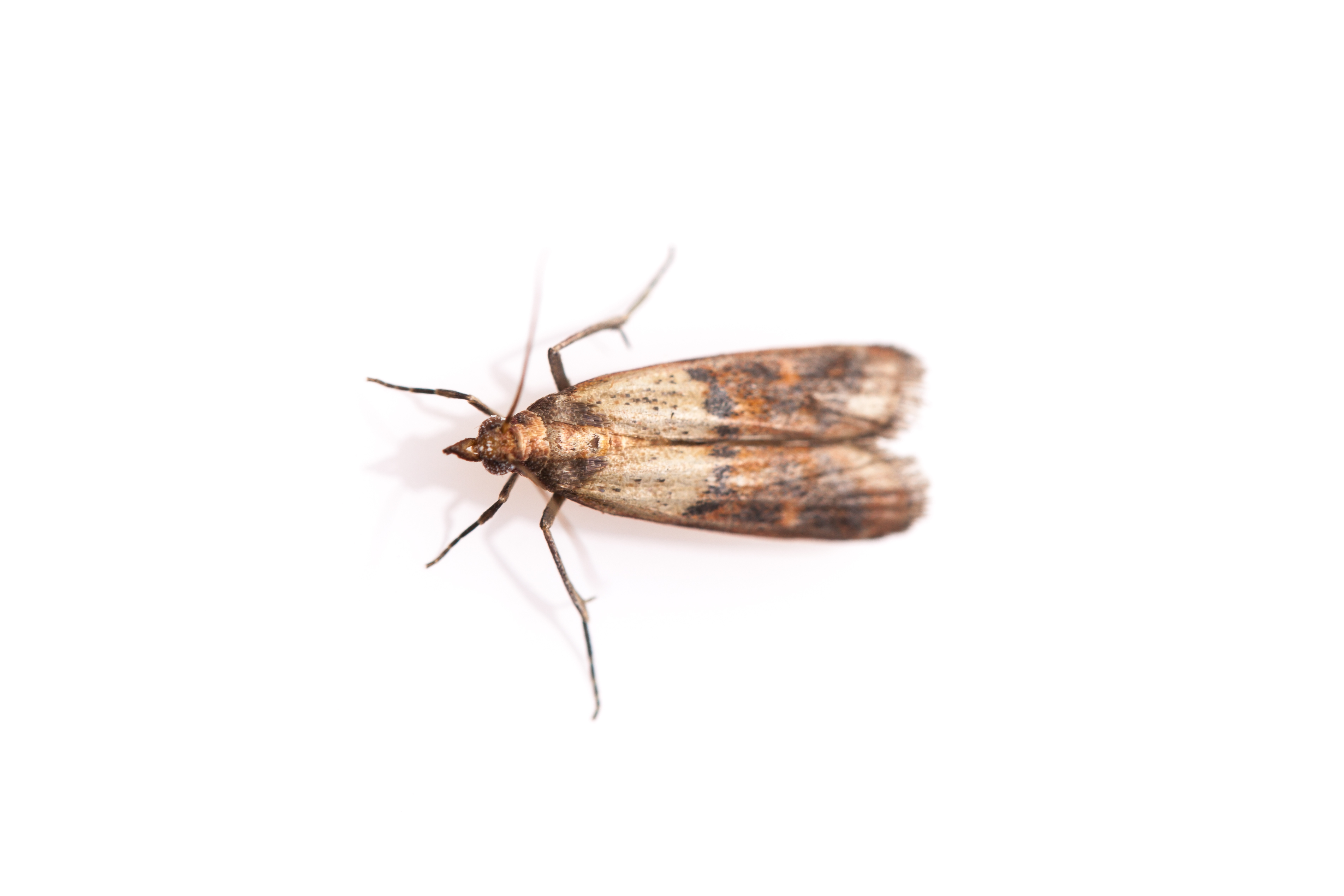
Indian Meal Moth
The Indian meal moth is the most common household moth that can reproduce in homes. It develops as a pest from various foods commonly found in pantries. The caterpillars can damage susceptible food items and adult moths can become annoying as they fly throughout the home. Indian meal moths develop in many kinds of stored foods, including coarsely ground grains and cereal products. Dried herbs, dried fruits, and nuts are highly favored, along with pet foods such as dried dog food, flaked fish food, and bird seed.
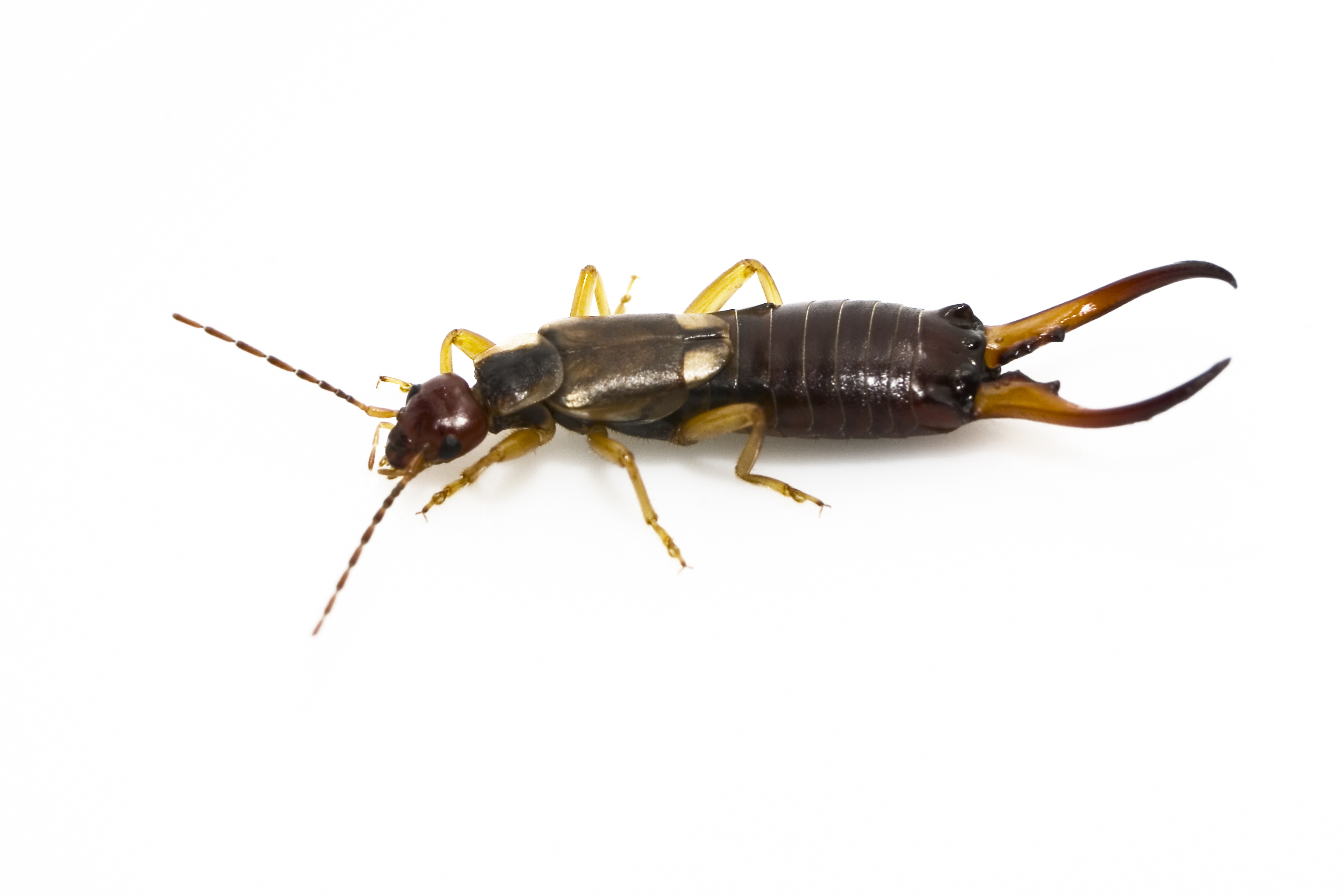
Earwigs
Earwigs are unsightly and can be serious garden pests. They have amber bodies with yellow legs, and sometimes head indoors after rains. Often called “pincher bugs,” they primarily eat decaying matter but do not pinch.
Cockroaches
Like most pests, cockroaches can enter your home through a variety of ways: cracks, crevices, windows, etc. Believe it or not, cockroaches are often carried into your home via boxes and grocery bags. Cockroaches thrive in warm temperatures where food and water are easily accessible, and they have the ability to reproduce quickly. Because cockroaches are nocturnal, if you seen one you’ve not seen them all. The few cockroaches you see by day likely mean they have been forced out by overcrowding; a possible sign of severe infestation.

